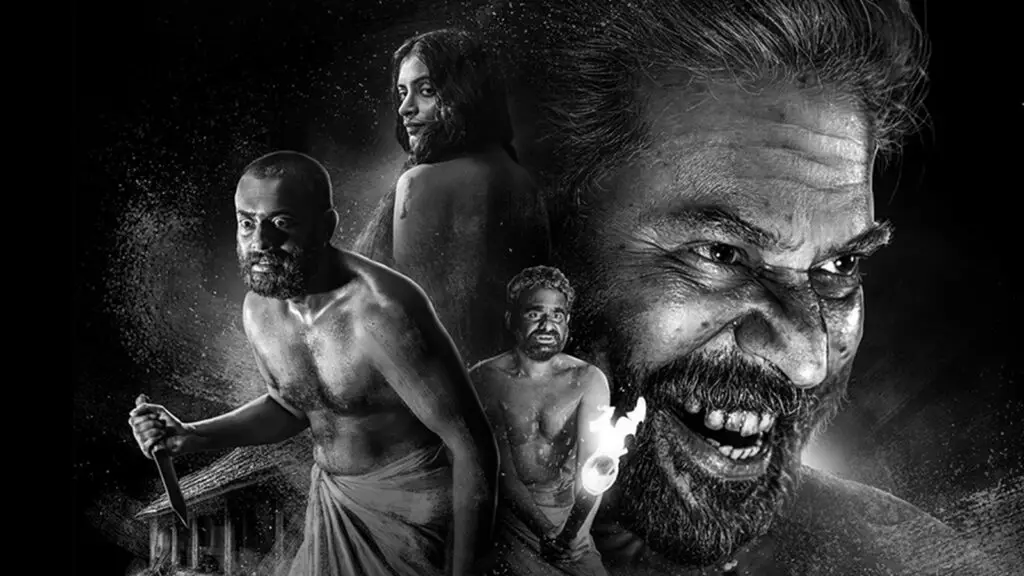Nestled within the crumbling walls of a dilapidated 17th-century mansion in the heart of south Malabar lies a tale that transcends time itself.
Directed by Rahul Sadasivan, Bramayugam delves into the darkest corners of human consciousness, weaving a narrative that intertwines folklore with psychological horror.
A Departure from the Ordinary
Sadasivan‘s previous venture, Bhoothakaalam, offered audiences a fresh perspective on horror, eschewing conventional tropes in favor of a nuanced exploration of family dynamics and mental illness. With Bramayugam, the director takes a dramatic leap into the realm of Kerala folklore, drawing inspiration from age-old tales of yakshis and chaathans.
The Monochrome Tapestry
Shot entirely in black and white by cinematographer Shehnad Jalal, Bramayugam exudes an eerie sense of timelessness. The absence of color serves not only to transport viewers to the 17th century but also to create a claustrophobic atmosphere that blurs the boundaries between reality and nightmare.
Mammootty’s Menacing Presence
At the heart of Bramayugam lies a tour de force performance by veteran actor Mammootty. Portraying the enigmatic Kodumon Potti, Mammootty imbues the character with a palpable sense of malevolence. With his paan-stained teeth and chilling smile, Potti emerges as a figure of terror, haunting both the characters within the film and the audience alike.
A Psychological Chessboard
Sadasivan skillfully navigates the complex web of power dynamics that permeate Bramayugam. The interactions between Potti and his hapless victims, played by Arjun Ashokan and Sidharth Bharathan, are imbued with a sense of dread and foreboding. As the trio grapples with questions of morality and mortality, viewers are drawn into a psychological labyrinth from which there is no escape.
Themes of Power and Oppression
At its core, Bramayugam is a meditation on the nature of power and its corrupting influence. Set against the backdrop of caste oppression, the film explores the lengths to which individuals will go to maintain their dominance over others. Through the character of Potti, Sadasivan raises provocative questions about the true nature of evil and the human capacity for cruelty.
A Symphony of Sound and Silence
Complementing the film’s stark visuals is a haunting score by composer Christo Xavier. From the pitter-patter of raindrops to the ominous clang of metal chains, Xavier’s music heightens the tension and reinforces the sense of unease that permeates Bramayugam. Each note serves to underscore the film’s underlying themes of fear and isolation.
Folklore as a Mirror to the Soul
Sadasivan‘s use of Kerala folklore serves as a lens through which to explore the complexities of the human condition. By drawing upon archetypal characters such as yakshis and chaathans, the director invites viewers to confront their deepest fears and desires. In doing so, Bramayugam transcends its genre trappings to become a profound meditation on the nature of existence itself.
A Gripping Exploration of the Human Psyche
In the end, Bramayugam is more than just a horror film; it is a profound exploration of the human psyche. Through its evocative imagery, stellar performances, and thought-provoking themes, the film invites viewers to confront their own inner demons. In a world where the line between reality and nightmare is constantly blurred, Bramayugam serves as a chilling reminder of the darkness that lurks within us all.


